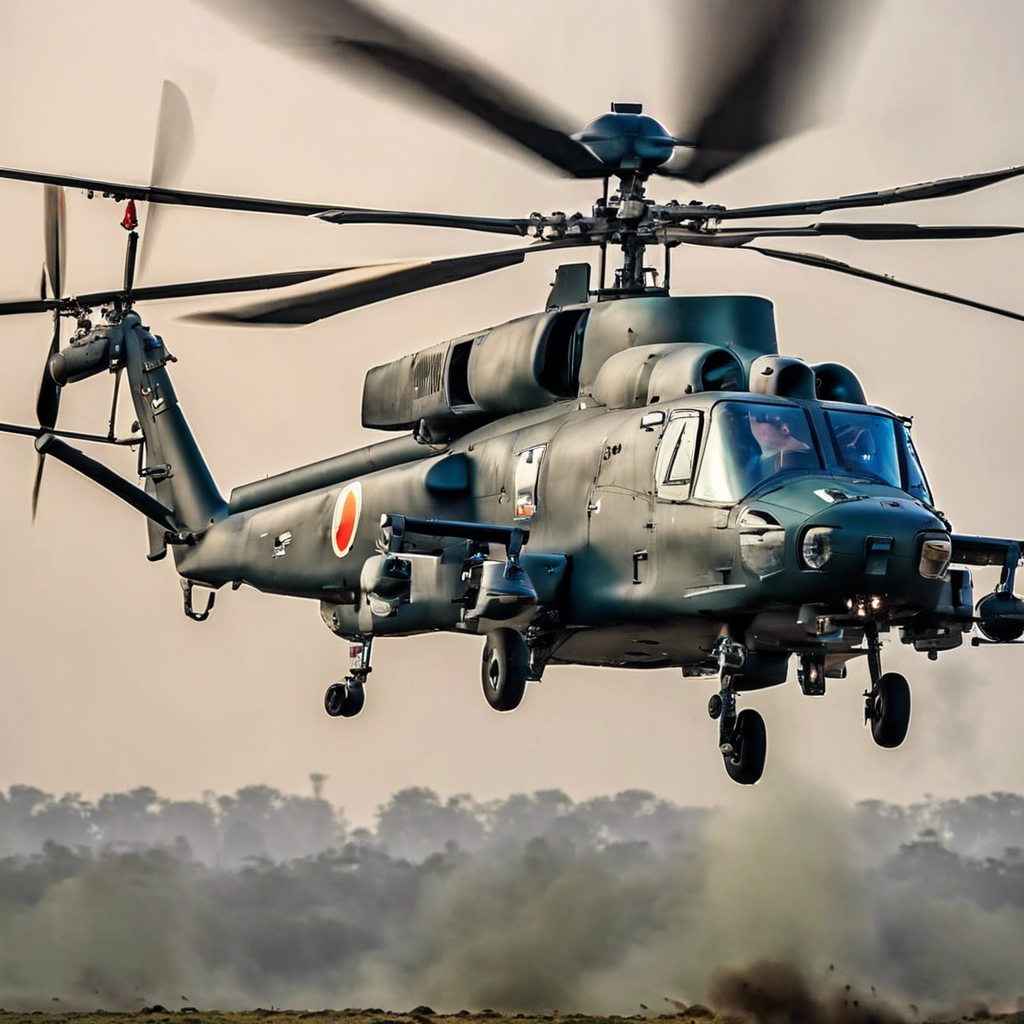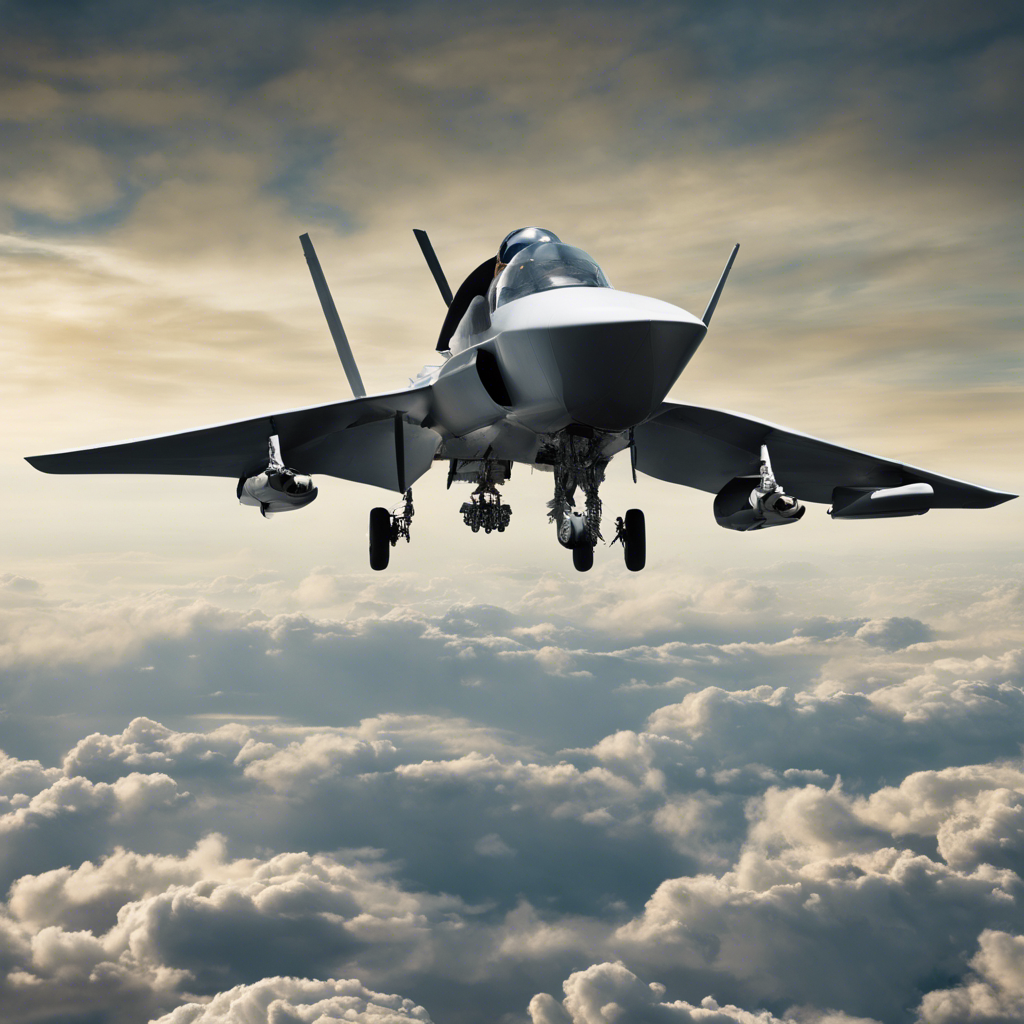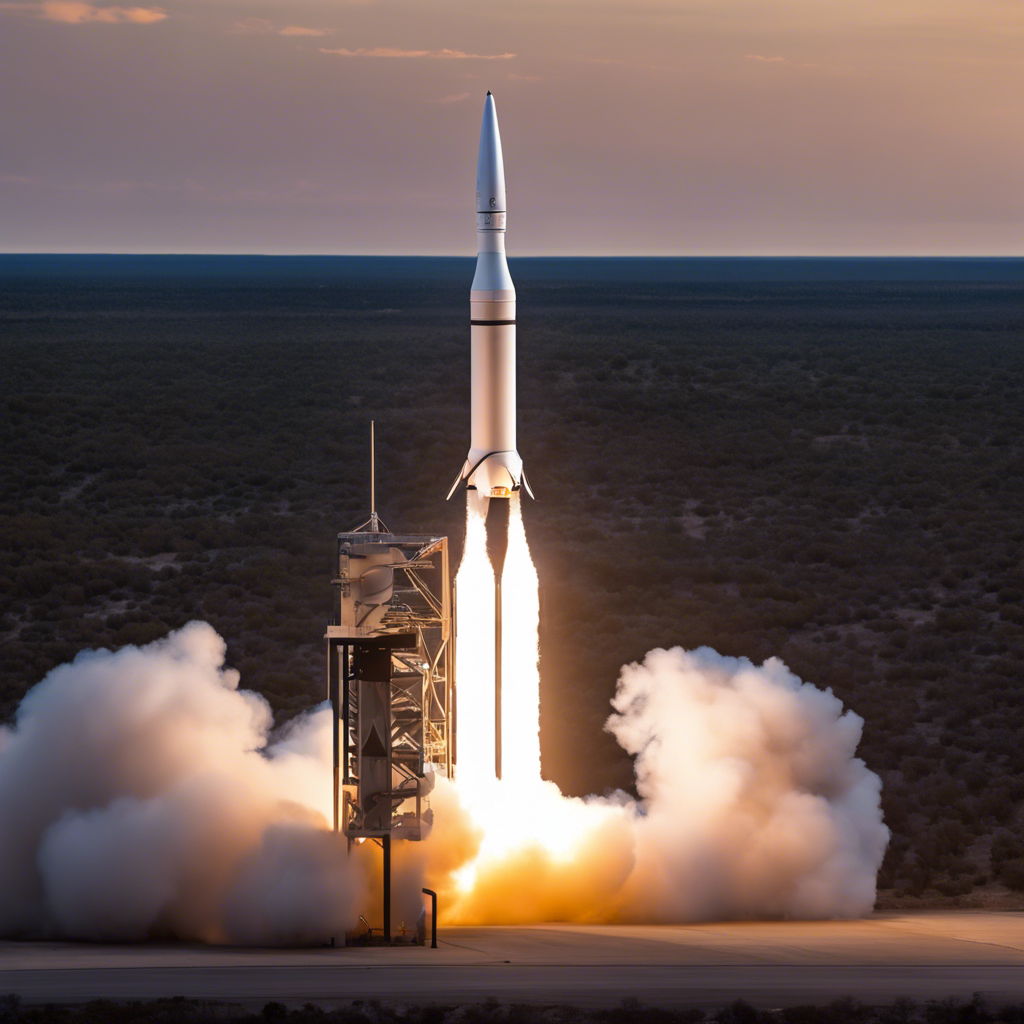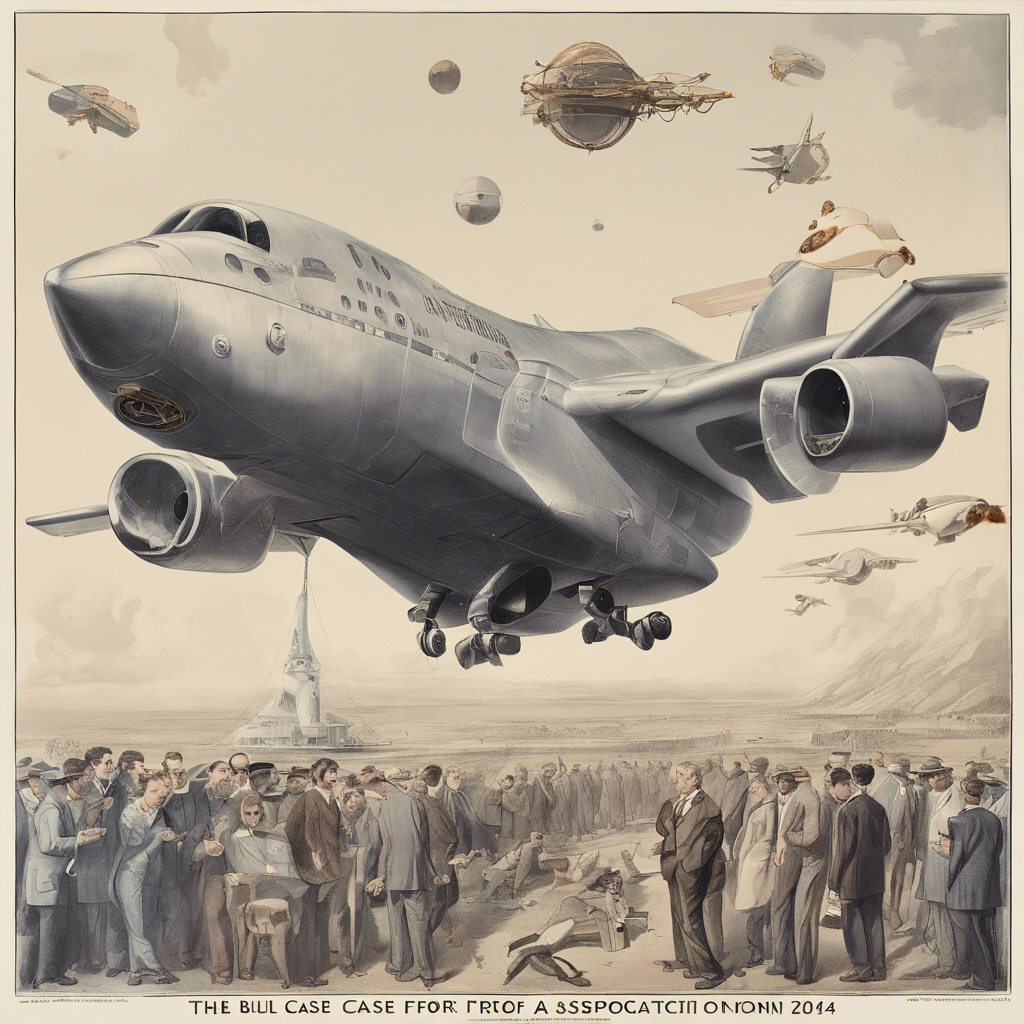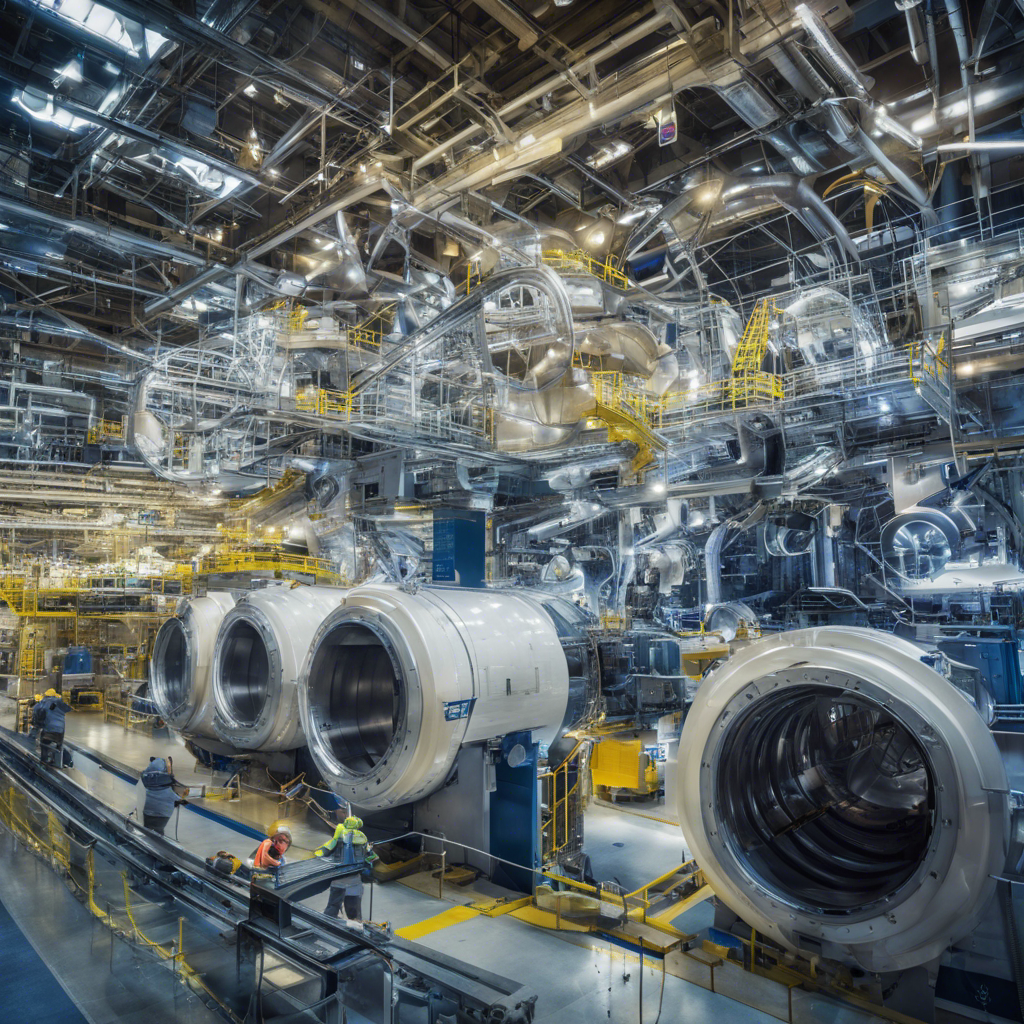Indian Air Force undergoes transformation to become Indian Air and Space Force (IASF)
The Indian Air Force (IAF) is undergoing a significant transformation as it aims to become the Indian Air and Space Force (IASF). With a new doctrine that emphasizes the effective utilization of the “air and space continuum” and a “Space Vision 2047,” the IAF is making strides to fully exploit the potential of space in its operations. Collaborating with organizations such as ISRO, DRDO, IN-Space, and the private industry, the IAF is developing niche space-related technologies and aims to have over 100 military satellites in the next few years. This article explores the IAF’s efforts to strengthen its space capabilities and highlights the need for India to develop both defensive and offensive capabilities in the space domain.
1: Expanding Space Capabilities
The IAF is actively collaborating with ISRO, DRDO, IN-Space, and the private industry to develop advanced space technologies. Areas of focus include positioning, navigation, and timing (PNT), advanced ISR and communications, space weather prediction, space situational awareness, and space traffic management. By leveraging these capabilities, the IAF aims to enhance its operational effectiveness and ensure a seamless transition from air to space.
2: The Importance of Space in Future Battles
Air Chief Marshal V R Chaudhari, the Chief of the IAF, has stressed the significance of space in future conflicts. With near space (20 to 100 km altitude) and outer space becoming the ultimate high-ground, it is crucial for India to be prepared. The IAF is developing advanced winged bodies that can operate seamlessly between air and space, enabling it to maintain superiority in future battles. China’s rapid development of anti-satellite weapons and the establishment of a full-fledged Space Force by the United States highlight the growing importance of space in military operations.
3: Transitioning from Air to Space Operations
To adapt to the changing landscape, the IAF is gradually transitioning from its existing offensive counter-air (OCA) and defensive counter-air (DCA) missions to offensive counter-space (OCS) and defensive counter-space (DCS) operations. This shift requires the IAF to evolve its integrated air command and control system (IACCS) into the integrated air and space command and control system (IASCCS). By harnessing the potential of space, the IAF aims to stay ahead of emerging threats and maintain its status as a credible aerospace power.
4: International Precedents and the Need for Indigenous Capabilities
Several countries, including the United Kingdom, Japan, France, and Russia, have established space commands or wings within their air forces. By renaming itself as the IASF, the IAF aligns with these global trends and underscores the importance of space in modern warfare. Developing indigenous space capabilities is crucial for India’s security and strategic autonomy. By reducing dependence on imports and fostering domestic innovation, India can strengthen its defense industry and enhance its overall defense capabilities.
Conclusion:
The Indian Air Force’s transformation into the Indian Air and Space Force marks a significant shift in India’s military capabilities. By leveraging space technologies and collaborating with key stakeholders, the IAF aims to enhance its operational effectiveness and maintain its position as a credible aerospace power. The development of indigenous space capabilities is crucial for India’s national security and strategic autonomy. As the IAF continues to evolve, it is clear that the future of warfare will be shaped by advancements in space technology, and India is positioning itself to be at the forefront of this new frontier.







